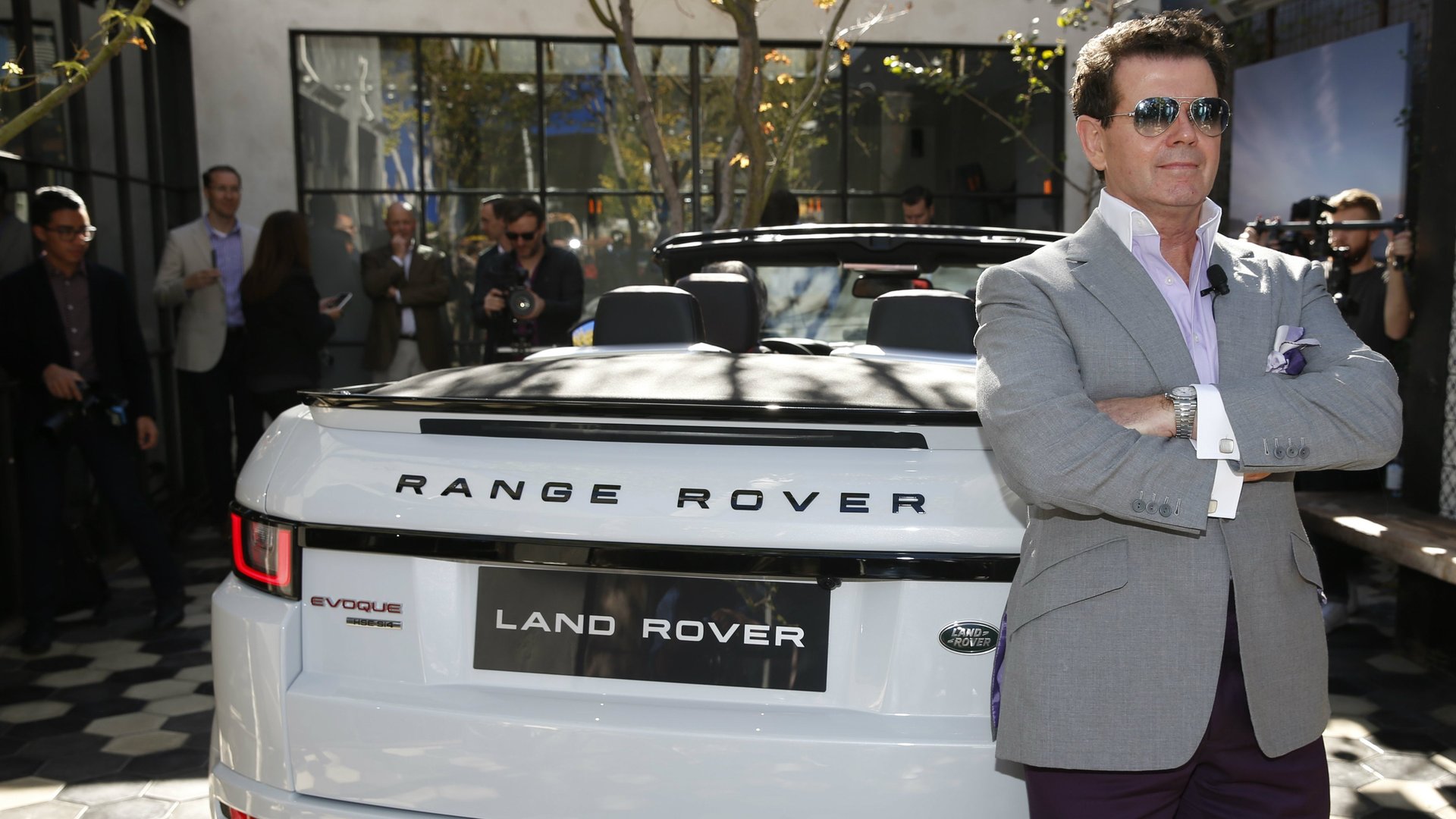Consumer confidence is soaring among Americans—especially richer Americans
US consumer confidence is at a 16-year high, surpassing the levels reached before the 2008 financial crisis and rivaling the heady days of the dot-com boom. But not everybody is feeling equally buoyant.


US consumer confidence is at a 16-year high, surpassing the levels reached before the 2008 financial crisis and rivaling the heady days of the dot-com boom. But not everybody is feeling equally buoyant.
After a big jump in the March data, the Consumer Confidence Index is now at levels last seen in December 2000. US president Donald Trump has taken to Twitter, naturally, to assume credit. Analysts have been puzzled by the divergence in “soft” economic data (paywall), like confidence surveys, and “hard” numbers, like retail sales and job growth. Trump’s election seems to be a factor in the recent spike, but confidence has also been on a steady upward trajectory since it bottomed out in early 2009.
The confidence index is compiled every month by the Conference Board, an economic research firm. It quizzes a random sample of Americans about their current mood and expectations for the economy over the next six months. Digging into details about the respondents reveals a more nuanced picture about the state of consumer confidence.
While people in all income groups have grown more optimistic since 2009, only higher-income consumers have surpassed the confidence levels registered before the financial crisis. Last month, confidence among Americans with a household income above $50,000 surged ahead of pre-financial crisis highs. Households that make less than that have yet to recover all that lost ground.
The median American household makes around $55,000 per year, so the confidence data suggest that the top half of American earners are the most bullish they have been in a long while, unlike their poorer peers. (The income buckets are not inflation adjusted, so each of the groups in the Conference Board’s survey is about 13% poorer than they were in 2008.)
The economic recovery has been much kinder to those higher up the income ladder, so it’s not surprising that richer households have more of a spring in their step these days.